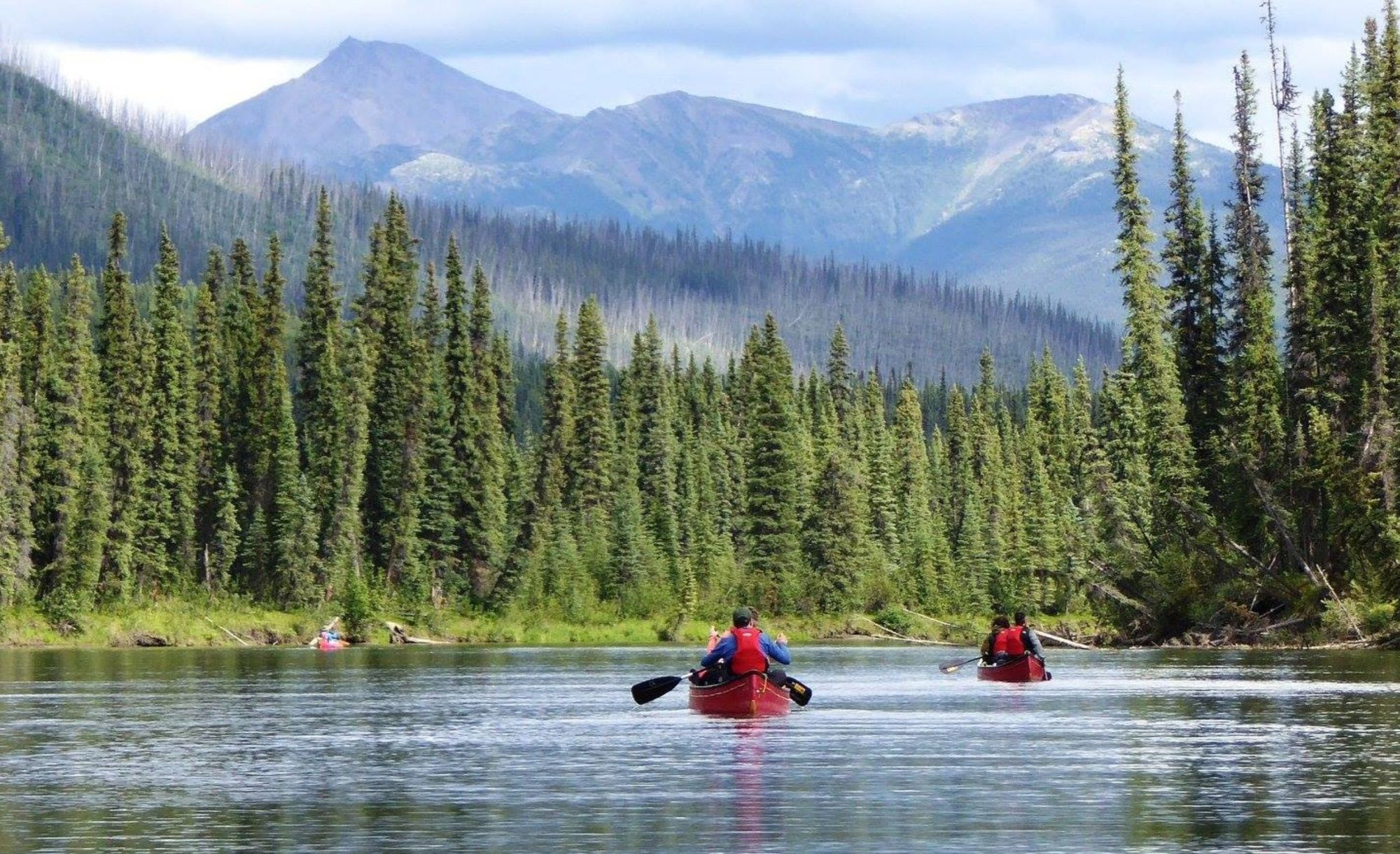
The Canadian region of the Yukon has long captured people’s imaginations. First Nations artists explore their connection to its glacial rivers and pine forests in colourful paintings and carvings. Canadian poet Robert Service rhapsodised over the “granite ribbed valleys” and “peaks that pierce the aurora”.
Wilderness guide Chloe Dumont-Samson first visited the Yukon over a decade ago, and fell in love with the area.
“You can set foot in the middle of the forest and feel like you're the first person who's ever been there. It's that extreme wilderness feeling that I've personally never gotten anywhere else in the world. A feeling of total freedom - you have to experience it to really understand,” she says.
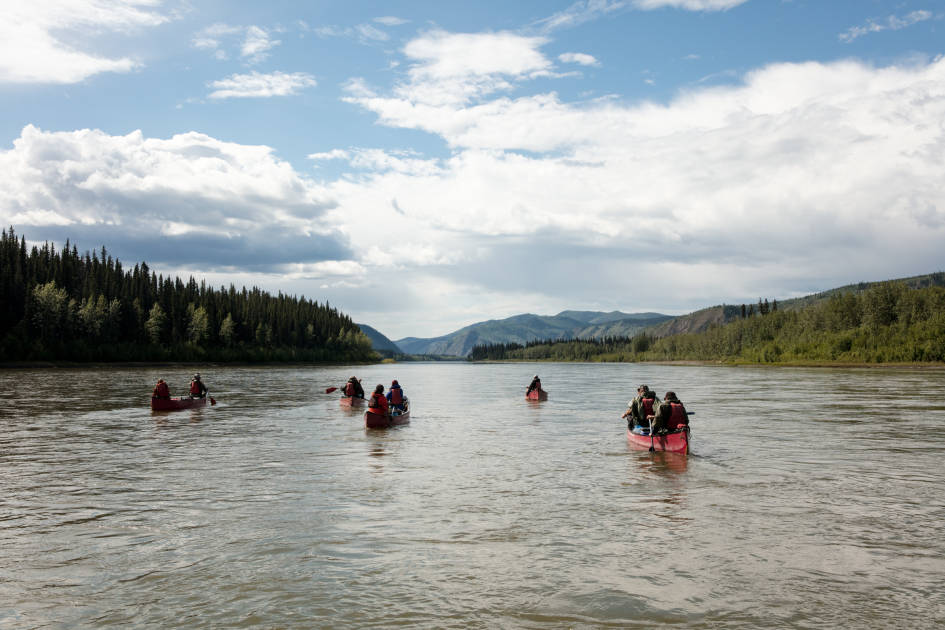
Chloe now works for Ruby Range, taking people out on canoeing expeditions down the Yukon River. She gave us her advice on paddling the Yukon River, from using the right type of canoe to bear-proofing your campsite.
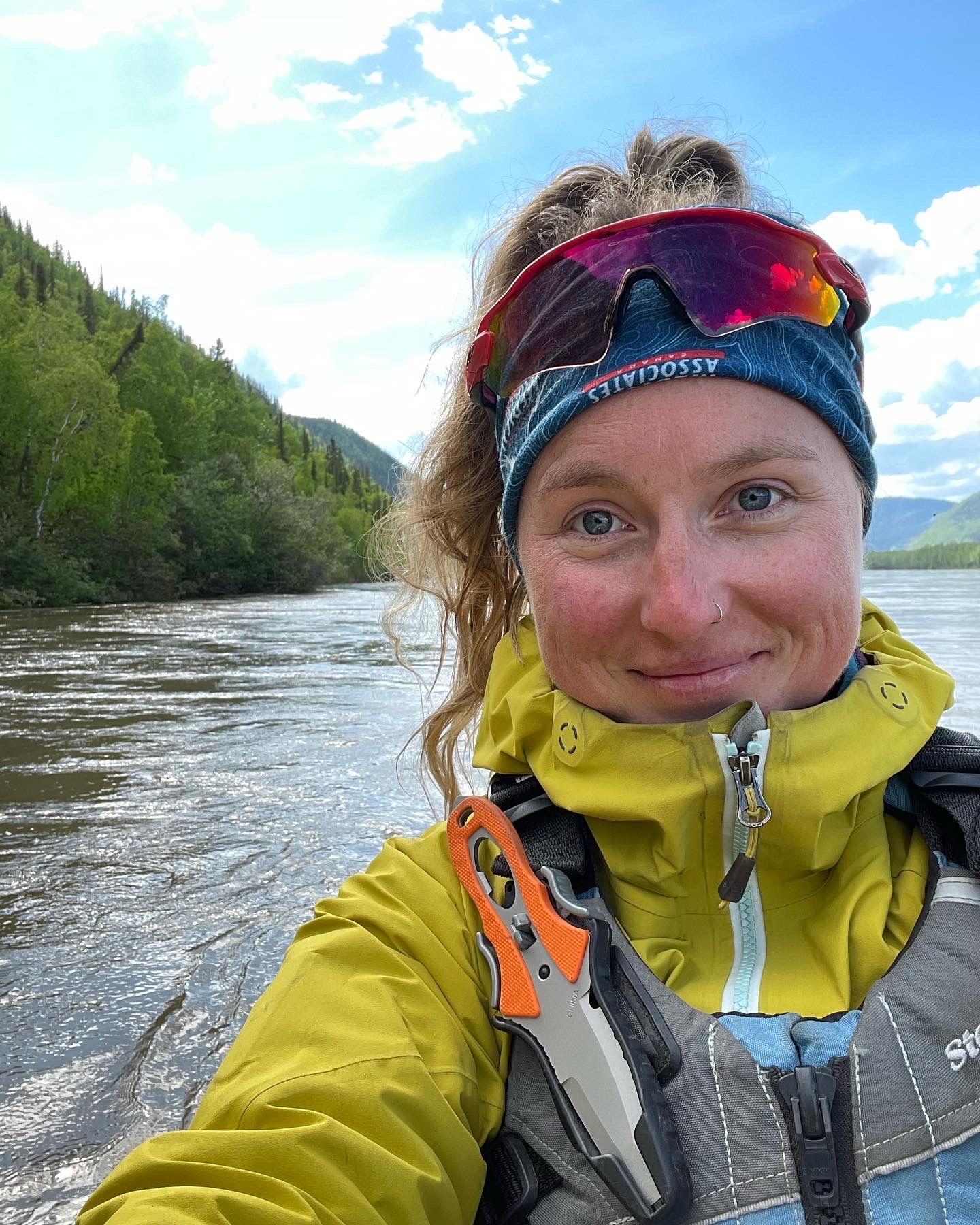
Where is the Yukon River?
The Yukon River is 3,190 kilometres long. It flows from its source in British Columbia, Canada, all the way through the Yukon. From here it continues west through the US state of Alaska, eventually ending in the Bering Sea.
“You're going to see different types of minerals and different types of river banks along the Yukon,” Chloe says. “Some sections have elevated banks. Some have volcanic rock on the sides of the river, while others have forest. But overall, the landscape doesn’t change much - you stay within the boreal forest the entire run.”
We respectfully acknowledge that the Yukon River passes through the First Nation territories of the Tr'ondëk Hwëch'in, Tutchone, Tagish and Tlingit people.
Do you need a permit to paddle the Yukon River?
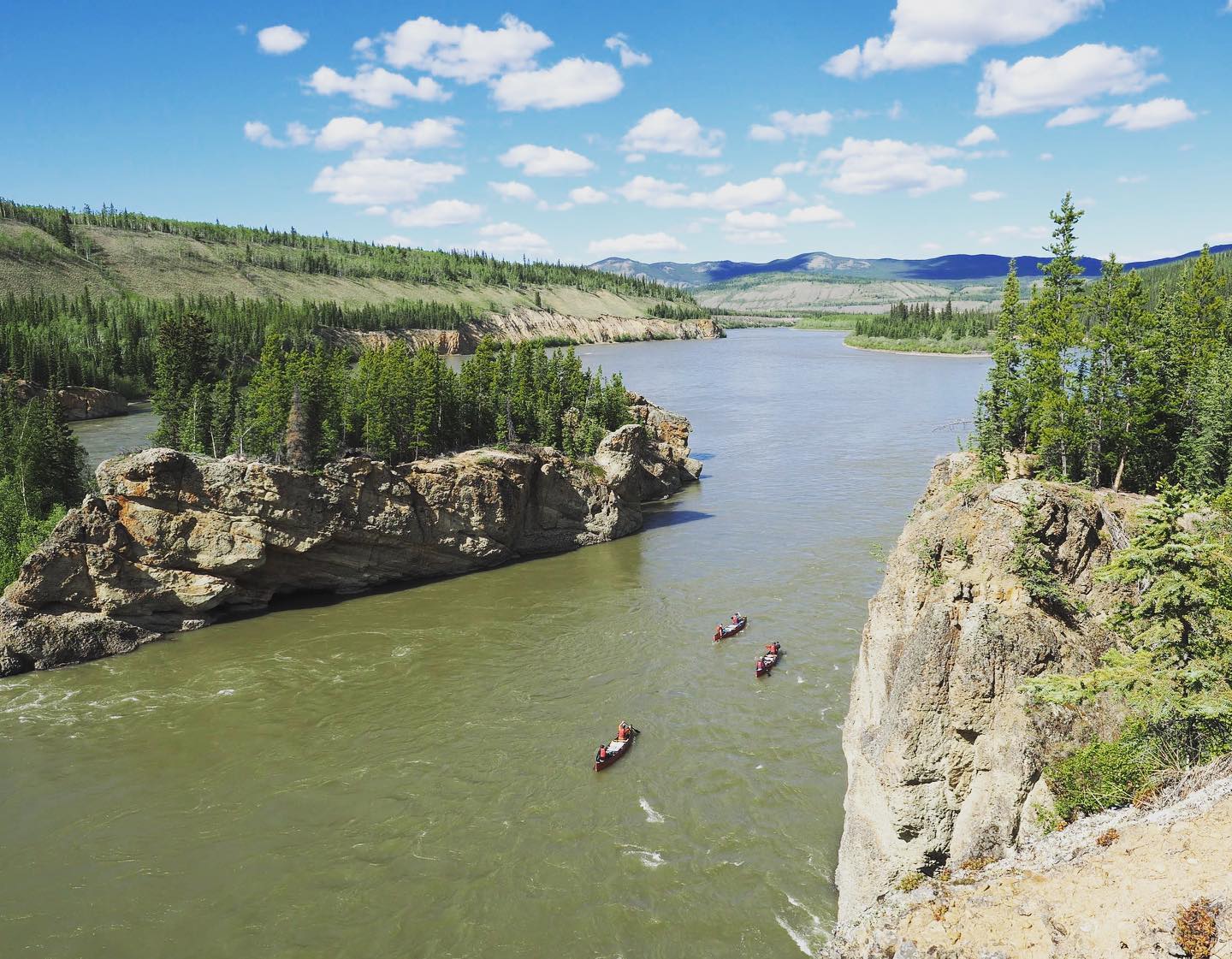
You do not need a permit to canoe or kayak on the Yukon River (or any rivers in the Yukon). However, if your canoe or kayak has a motor then you need to provide something called ‘proof of competency’, which can include a Pleasure Craft Operator Card (PCOC) or a certificate from a boating safety course.
If you plan on fishing while you’re in the Yukon, you’ll need to get a permit, which you can do online or at various locations in Whitehorse.
“We expect people to be educated in order to fish. It’s important to respect the rules and help the conservation efforts to keep the fish population healthy,” Chloe says.
What is the best time of year to paddle the Yukon?
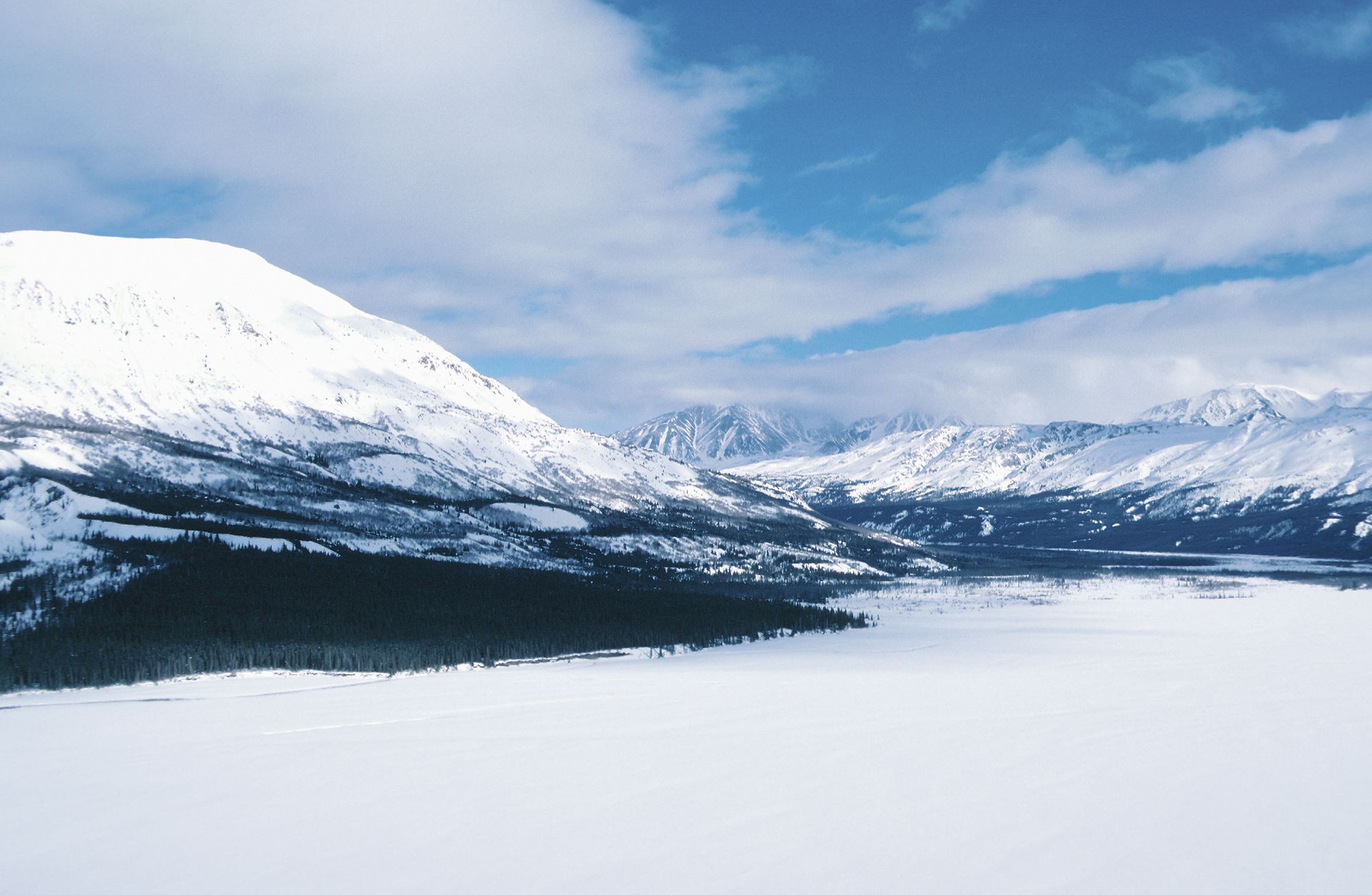
The open paddling season in the Yukon is from late May until mid-September.
“The river will still have ice and snow until mid-May, sometimes later,” Chloe says. “My first trip last year was at the end of May and you could still see some patches of snow. Prior to that it's not possible. Past mid-September it gets really difficult to predict if it's going to be cold.”
What are the best routes on the Yukon River?
The most common canoeing route is from Whitehorse to Dawson City. It’s a 715-kilometre trip that includes a crossing of Lake Laberge, and usually takes around two weeks. This is partly due to the fact it has a good put-in and put-out point.
If you’re looking for a slightly shorter route, put in at Minto and paddle the 312 kilometres to Dawson City. However, Chloe also recommends looking at rivers less travelled. There are plenty of smaller waterways leading off the Yukon, such as the Teslin River, which passes through Teslin Tlingit traditional territory.

“The Teslin is similar to the Yukon in terms of scenery, as it’s still in boreal forest. You get even more of that feeling of wilderness, as chances of seeing someone else on the river are very slim. And fewer people usually means more wildlife,” Chloe says.
You can set foot in the middle of the forest and feel like you're the first person who's ever been there
You can put in at Johnson’s Crossing on the Teslin River, and canoe down it until you reach the Yukon River. You can then spend a couple of days canoeing down the Yukon River, finishing up at the First Nations village of Carmacks – a route of 370 kilometres.
How do I prepare for a canoe trip on the Yukon?
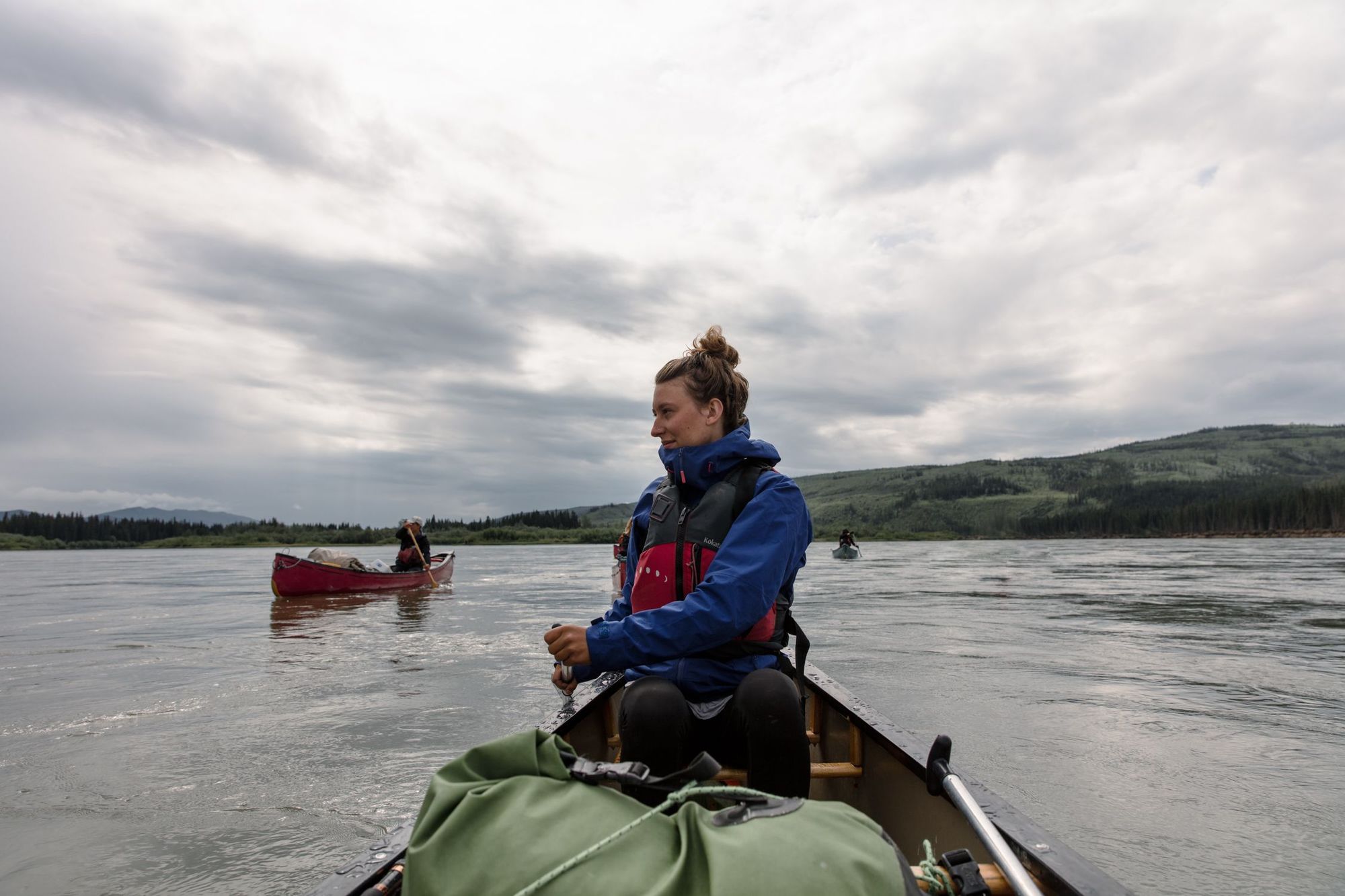
Physical Fitness and Training
According to Chloe, it is possible to canoe the Yukon with very little paddling experience. However, having a good level of fitness is very important.
“You get the idea of paddling within the first few days and then it becomes a repetitive motion that is quite meditative and wonderful,” she says. “But that's not the issue. You can either sit or kneel in the canoes - it's a lot of time in that position, and you need to be prepared for it. Having a strong core and back muscles will really help keep you comfortable.”
You get the idea of paddling within the first few days and then it becomes a repetitive motion that is quite meditative and wonderful
Alongside whatever cardio and endurance-based exercise you already do (such as running, cycling or swimming) it’s a good idea to develop and strengthen your upper body. Press ups, planks and triceps dips are all recommended - do seek professional advice about a canoe trip training programme if you’re unsure.
Mindset
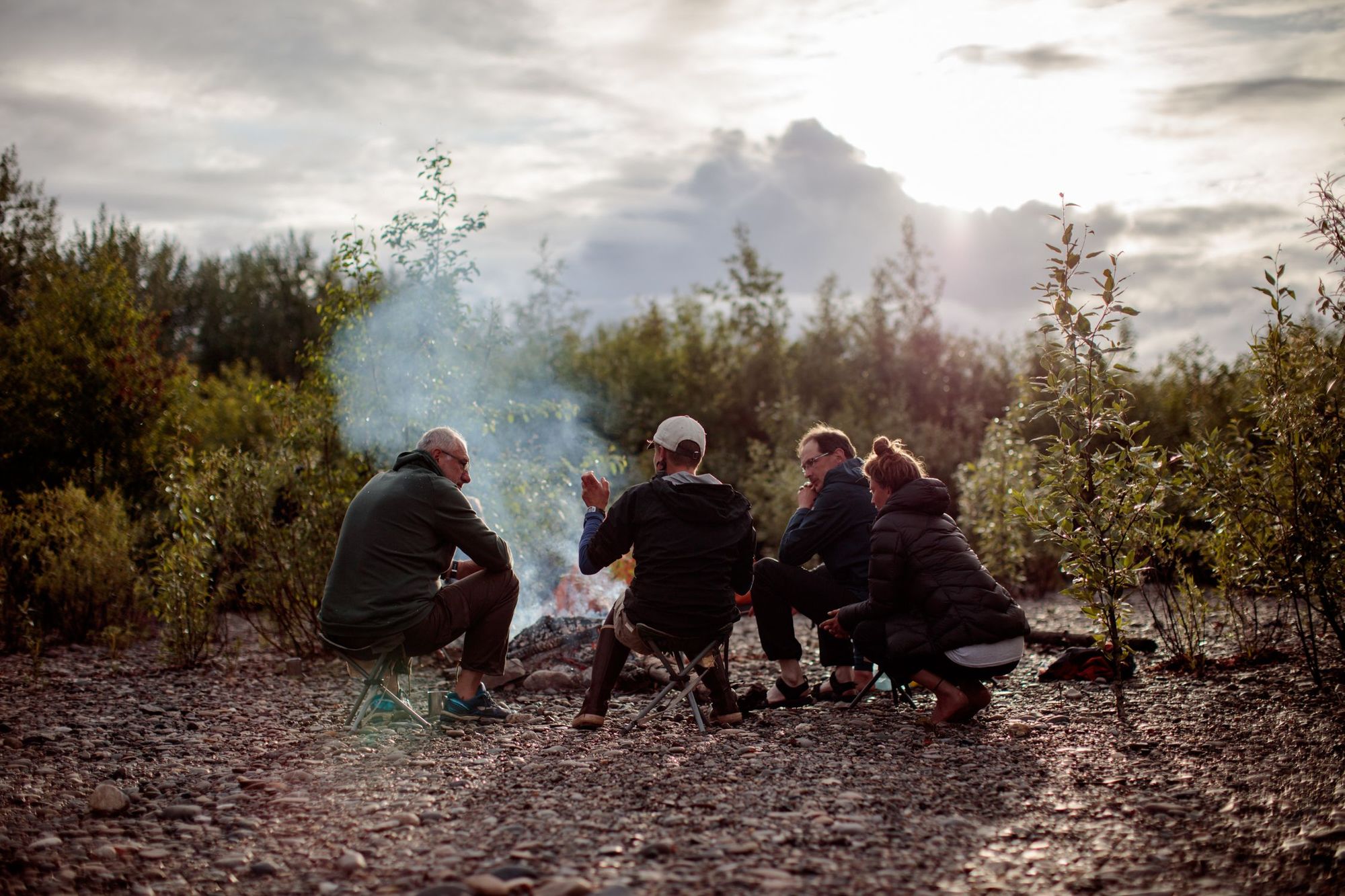
Chloe believes that coming with the right mindset is vital to enjoying the trip.
“If people come with a positive attitude and want to experience the Yukon for what it is, they always have a good time,” she says. “Not expecting to see just sunshine and rainbows the entire time is going to help. You have to be ready for all sorts of weather and all sorts of situations.”
You have to be ready for all sorts of weather and all sorts of situations
She also thinks you need to come prepared to put in the graft. You’ll be paddling for four to six hours a day, plus setting up camp every day.
“Thinking that everything's going to be done for you is not a good starting point. It's a collaborative experience. We expect everybody to help with setting up the kitchen, setting up camp, helping unloading and loading the boats. You can help your guide with prepping the meals or washing the dishes as well. It's a trip where everybody helps each other. That's when it becomes a great experience - when everybody puts a little bit of love into it,” she says.
What to Bring
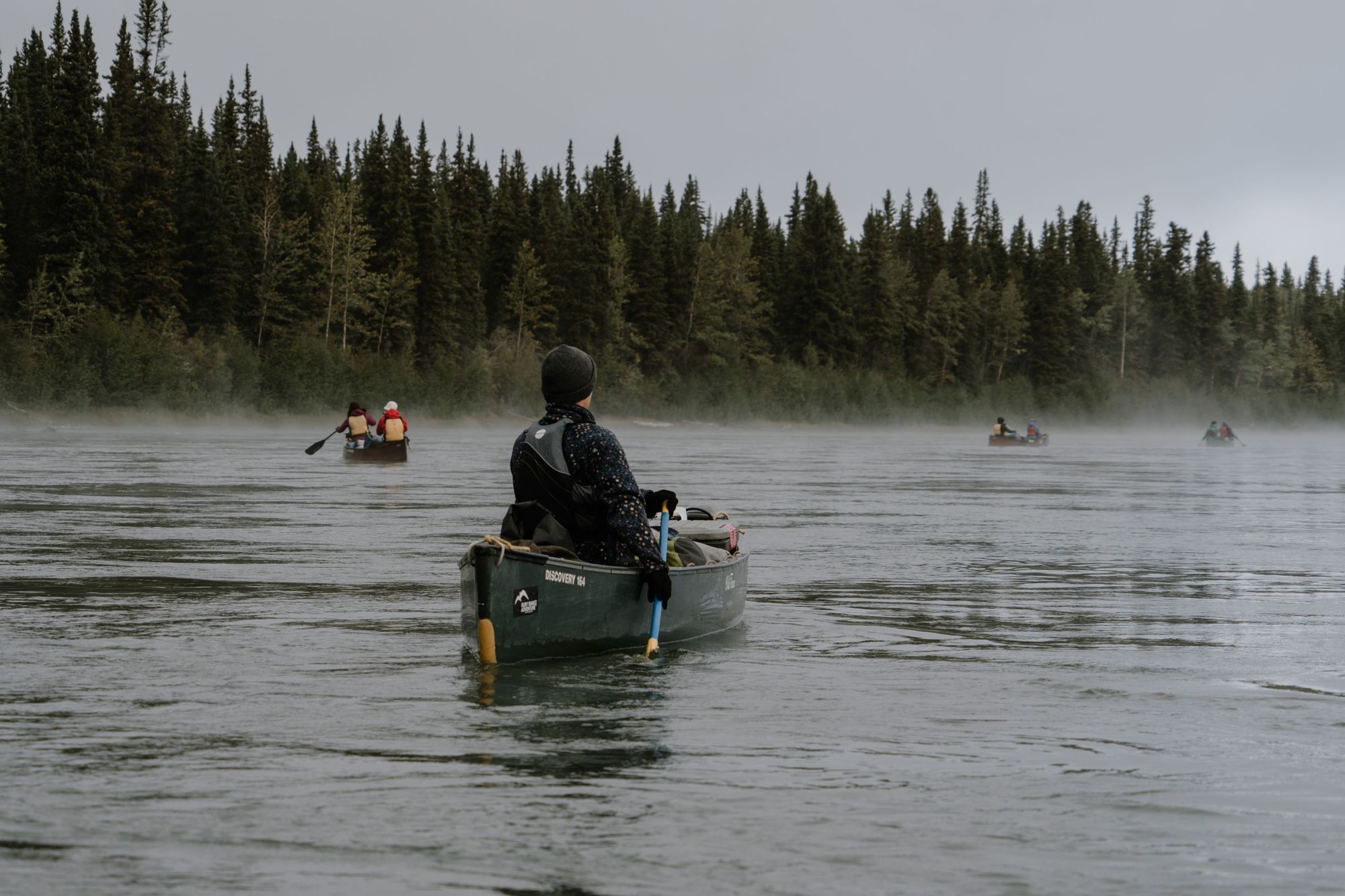
Chloe suggests bringing the following essentials:
- A sleeping bag
- A sleeping mat
- A waterproof coat and trousers
- River footwear
- Footwear for camp
- A change of clothes for camp
- Long sleeved base layers
- Mosquito repellent
- A cap or hat
- Sunglasses
- A fleece
- Warm socks
- A puffy/down jacket
There are several options when it comes to river footwear.
“Some people decide to go with neoprene booties, but you have to consider that your feet might be wet for the entire trip,” Chloe says. “You can use rubber boots to keep your feet dry. I would recommend knee-high rubber boots, because when stepping in and out of the boat, you don't want your boots to be filled with water. On good days, river sandals are fine. You can actually put your feet in the river as you drift - it's pretty great.”
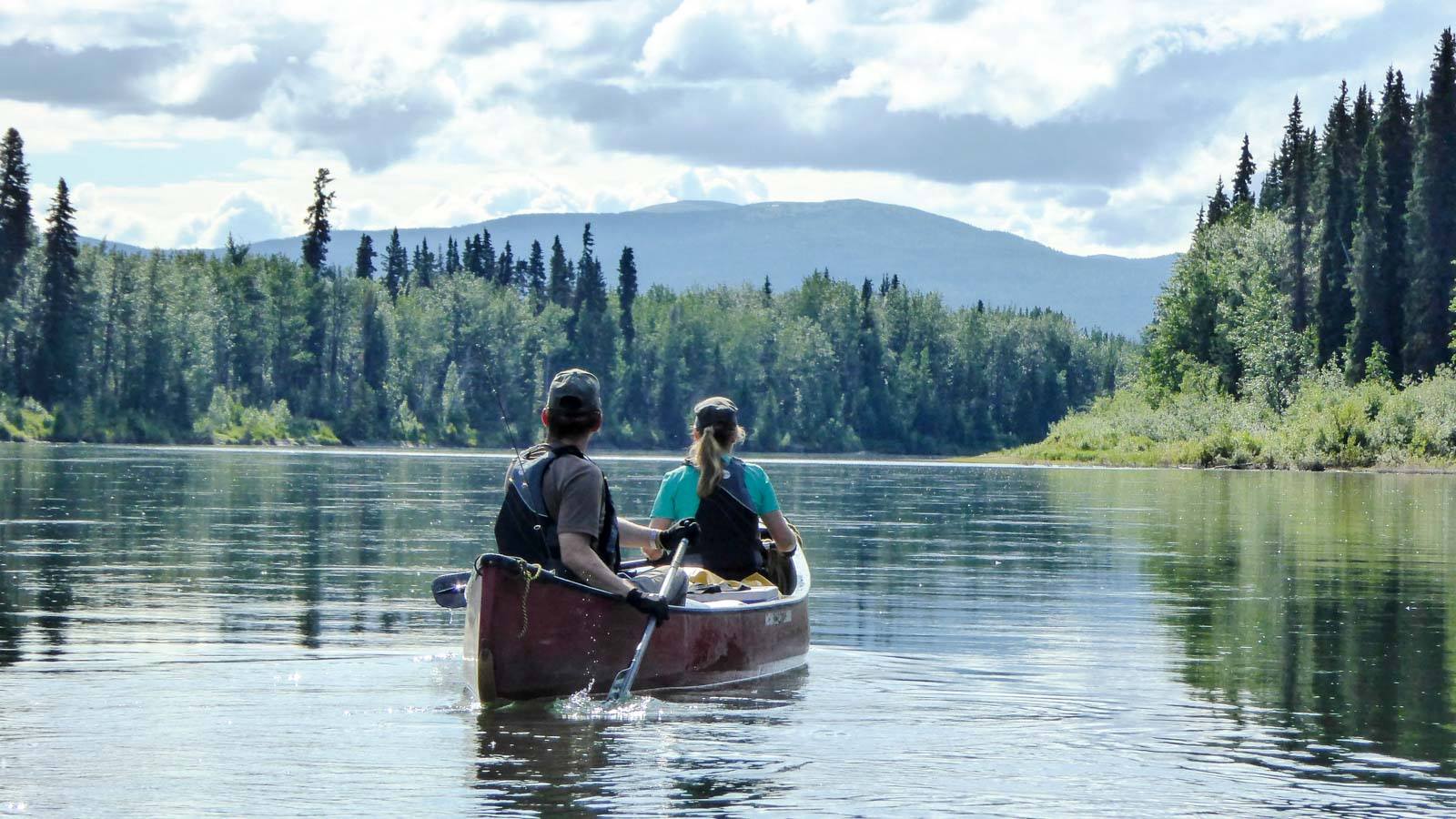
Even if you’re planning on a trip in the height of summer, she recommends bringing warm, quick-drying clothes.
“You need to plan for four seasons when you come into the Yukon. Layering is always the way to go. A good base layer of merino wool, and then a good fleece. And then maybe a little light puffy jacket, and then your rain jacket on top of that. If you have all of those, you'll be golden for the entire trip because you can strip down or just add up layers as temperature changes,” Chloe says.
Packing Your Canoe
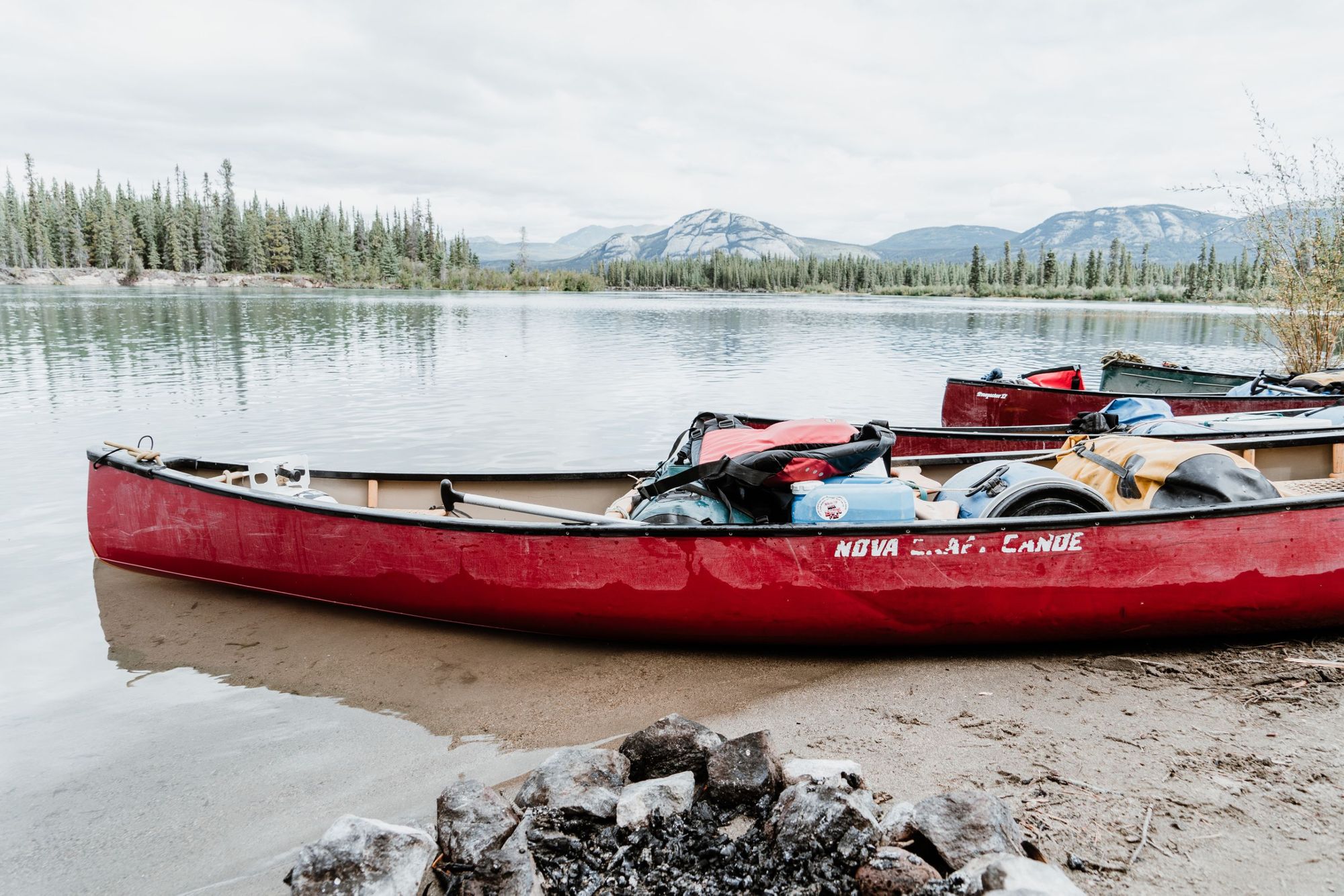
Chloe recommends a river-tripping canoe for Yukon paddling trips. Her company uses Nova Craft Prospectors, which are 16 or 17 feet long, leaving plenty of space for stowing gear. But that doesn’t mean you can go overboard - you’ll only have space for the essentials.
Pack your kit into waterproof bags so it doesn’t get wet, and position heavier items close to the centre line of the canoe. Make sure you secure your belongings to the canoe, using clips or bungee cords. Lighter items go at the bow and stern of the boat. If your canoe is sitting low in the water, it means you’ve overloaded it.
Food and Water
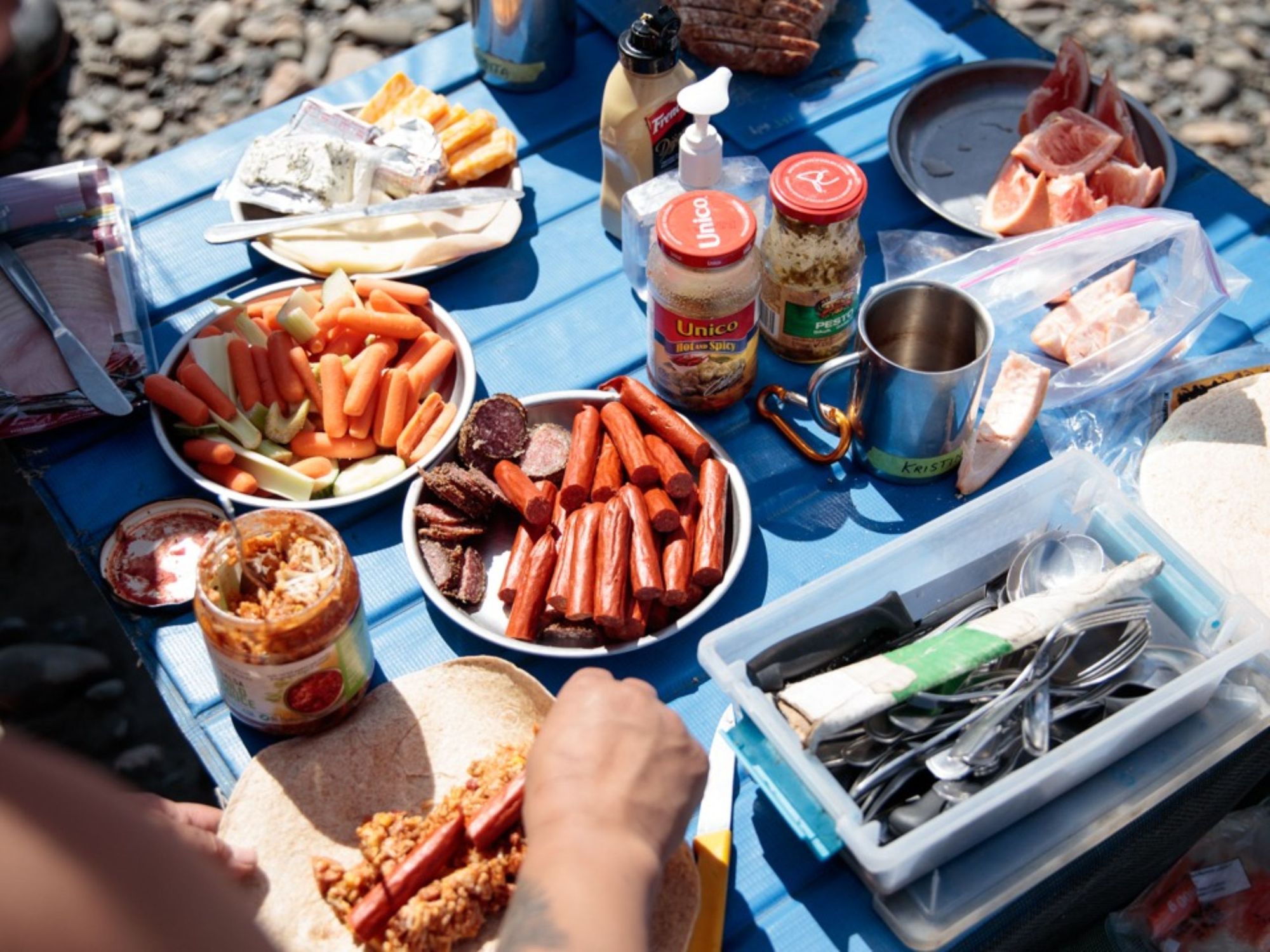
If you’re paddling down the river, you need to bring all the food you need with you. There aren't any villages along the river where you can restock, except for Carmacks, which has limited supplies. Chloe cautions against relying on the landscape to provide you with sustenance.
“You can’t count on catching fish. This would be dangerous for your group and absolutely not acceptable. I would be appalled to hear someone do that. I know some people like to live off the land, but you’re putting everybody at risk,” she says.
However, it is possible to source your own drinking water in the Yukon. “We filter water from the river for drinking. We filter mainly from creeks as the Yukon water is pretty silty; there's lots of minerals in it so it clogs filters really quickly. Every time we cross a creek, we stop and filter water into containers,” Chloe says.
Safety
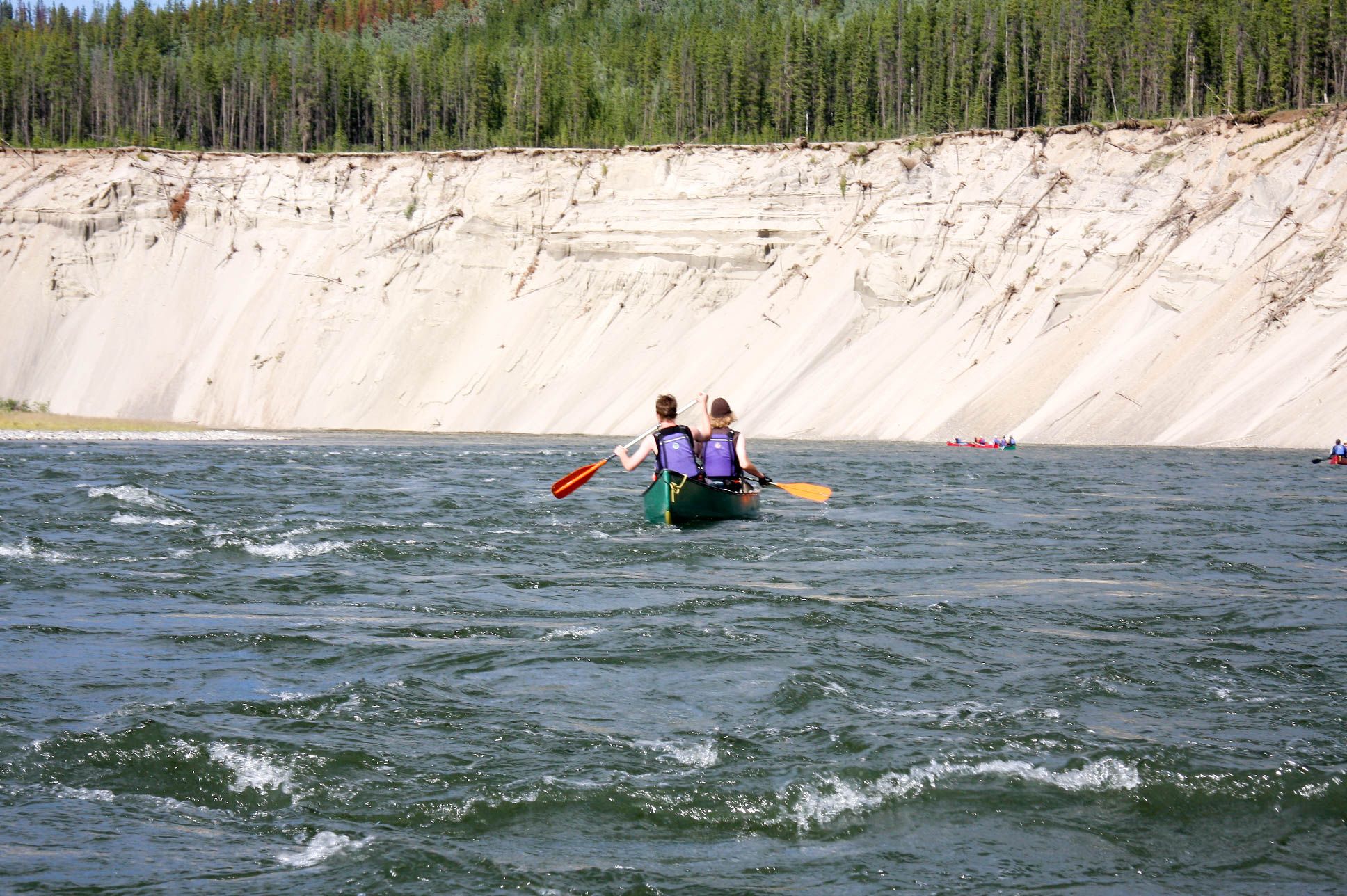
If you plan on travelling independently you need to have a lot of experience in a backcountry environment, as well as in paddling. The Yukon government website has some tips for safety in the wilderness. These include filling out an online travel plan, travelling with others, and carrying essential survival equipment including a satellite communication device. For Chloe, being adequately prepared is of vital importance.
“Every year, we rescue people for various reasons. Sometimes they're entirely justifiable - like someone with cardiac issues feels their heart rhythm is erratic. But if we can avoid situations of people doing it for the story, that would be so much help for all the operators and everybody paddling in the Yukon.
The problem is that people who put themselves at risk often require local resources to get out of trouble
“The problem is that people who put themselves at risk often require local resources to get out of trouble. It’s really expensive and it becomes a burden for people who could potentially be doing something more meaningful. Leaving with all you need is a basic component of starting a river trip anywhere, so be smart about that,” she says.
If you lack expertise, your best bet is to go on a guided canoe expedition. Your guide will have the experience to keep you safe, and you’ll gain a solid knowledge base of backcountry and paddling skills. And don't fall into the trap of thinking that travelling independently will save you money - it costs a lot to rent a canoe and the gear, and to arrange food and transportation.

What Wildlife will I see in the Yukon?

A wide variety of wildlife makes its home in the Yukon. Apex predators include black bears and grizzly bears, lynxes, wolves and Arctic foxes. You may also see moose and caribou at the waters’ edge. Beavers and otters live in the water, where you’ll also find fish such as Arctic grayling, northern pike, trout and char. Birds such as bald eagles and ospreys soar overhead.
Wildlife Watching Tips
“How much wildlife you’ll see depends on how loud your group is,” Chloe says. “If you're fairly quiet, chances are you might see animals early in the morning or later in the day, when they’re most active. This is the best time to see them. I wouldn't be as nervous seeing a bear on shore because we're clearly keeping our distance. We'll observe from the safety of the boats."
How much wildlife you’ll see depends on how loud your group is. If you're fairly quiet, chances are you might see animals early in the morning
We recommend learning more about the Yukon environment. Find out what animals live in the smaller creeks or in the boreal forest on the shoreline. What time of day do predators like to drink? Are there certain conditions when bears like to fish? This knowledge will increase your chance of seeing wildlife.
It's important to keep your distance from any animals you see. You don't want them to become habituated to humans, and you also want to stay safe. There is always the potential for danger when apex predators are present, but there are ways to mitigate that - and not getting too close is one of them.
How do I set up camp in the Yukon?
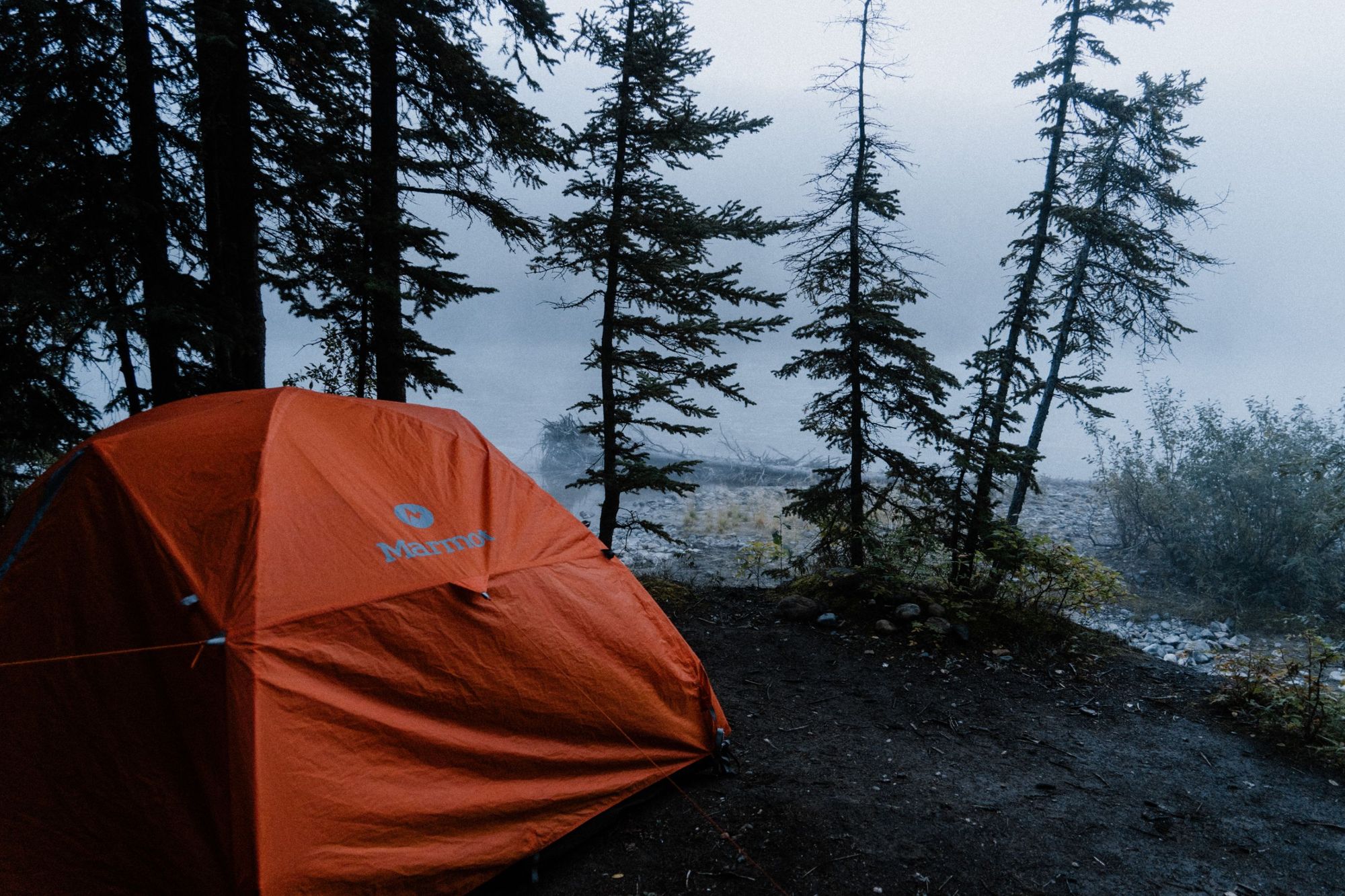
Finding a camping spot
According to Chloe, camping options differ depending on the water levels of the river. There are fewer options when the river’s high, and you’ll often end up on the edges of the forest.
“In high water level situations, the knowledge of local guides becomes really important,” she says. “We know where to stop and how many people we're going to be able to fit into one spot. When the water levels are high, you have to be careful not to camp on someone else's property. Anything that looks like a private property likely is private, and you shouldn't be using it without permission.
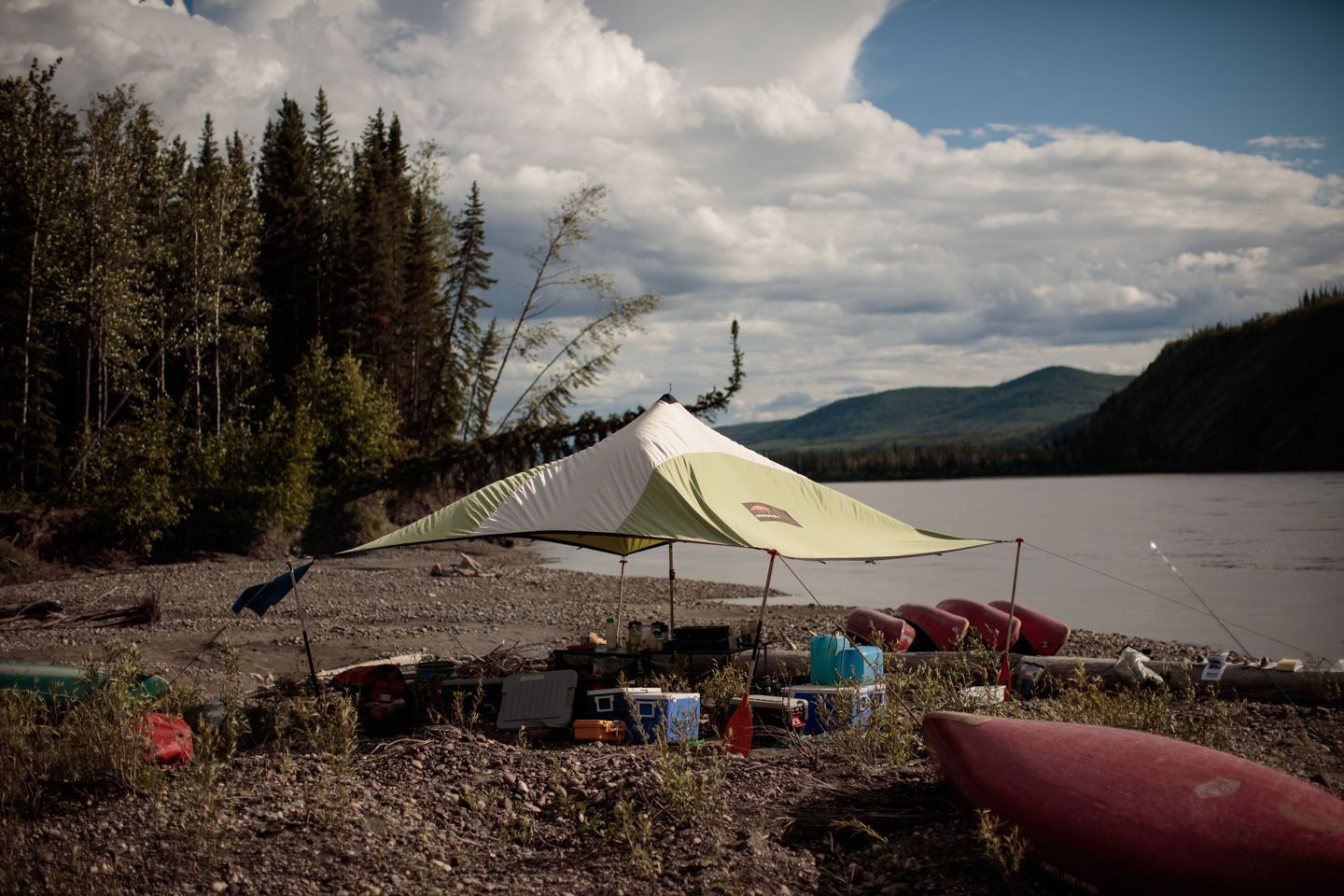
“Lower water levels offer far more options. Then you can camp on gravel bars or sandy beaches. We usually set up a massive tarp where we have the kitchen, which is also a rain shelter. For that, usually we use trees. But we can also use paddles.
“It's not mandatory to be sheltered; it really depends on the weather. It also depends on how comfortable people are with being out in the elements. You want everybody to feel safe within a group.”
How to Bear-proof your camp
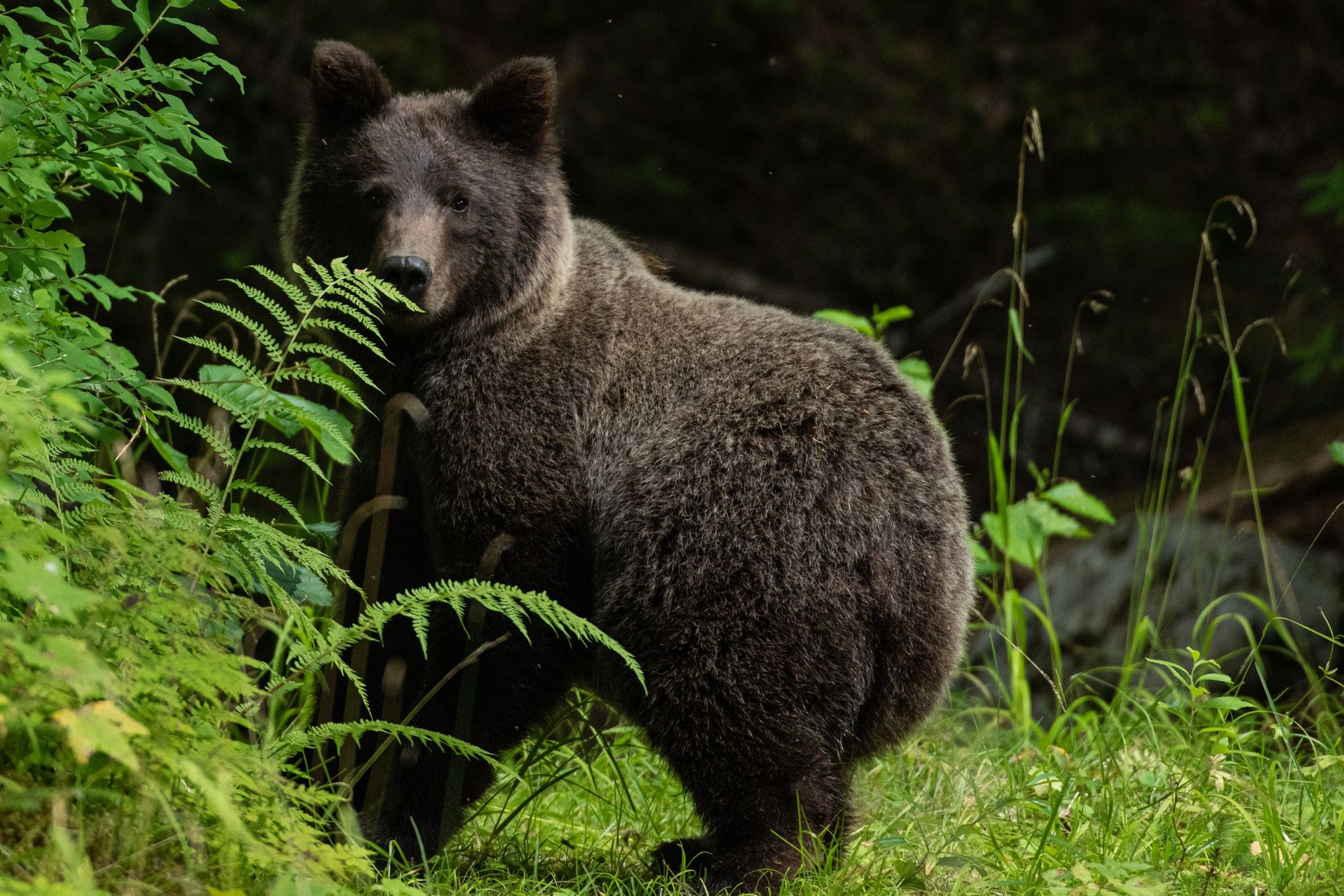
It might be safe to catch sight of a bear as you drift down the Yukon River, but you definitely don’t want one sniffing around your camp. It’s important to make sure you bear-proof your camp. Begin by making sure that the cooking area isn’t too close to where the sleeping tents are.
“Bears aren't interested in humans very much, and are not inclined to want to pick a fight. They're interested in things that smell like food, ” Chloe says.
Bears aren't interested in humans very much, and are not inclined to want to pick a fight. They're interested in things that smell like food
“We have very strict protocols about how all the attractants are contained. That’s basically everything that smells. Not just all the food and cooking gear but also everything you use on your body, like toothpaste and bug spray. It all goes into bear-safe containers at the end of the day. Everything that doesn't smell can go with you and your tent, like your clothes and sleeping bag.”
Leave no trace
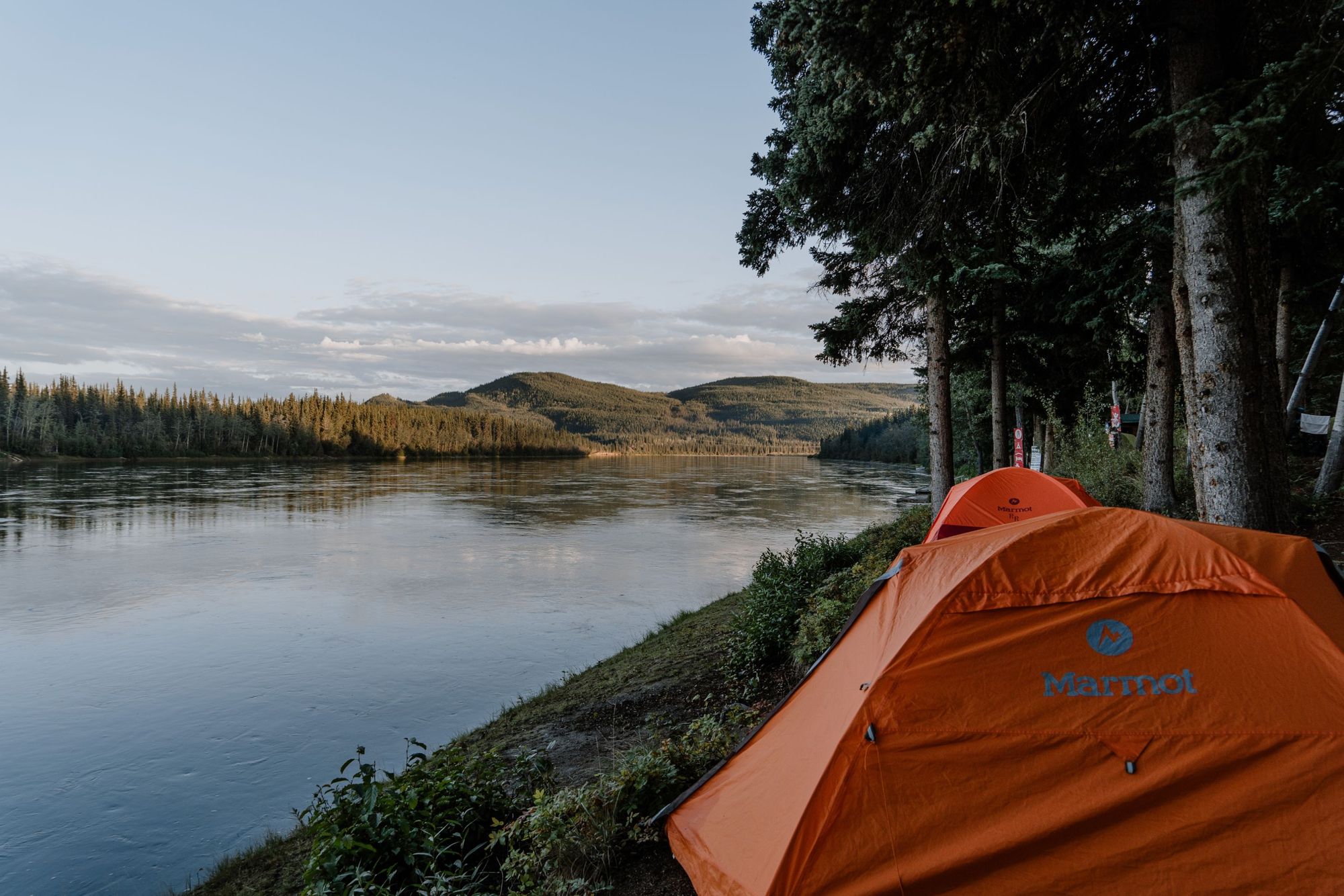
When camping in the Yukon, it’s important to follow Leave No Trace principles. That’s exactly what it sounds like - leaving the environment as you found it by putting out your campfire and by taking any waste with you. What about pooing outdoors, we hear you ask?
People need to learn best practices and leave nature as pristine as they found it
“That’s a recurring question. In the Yukon, the way we work is with cat holes. Some guides decide to build a bigger common area where people can use the toilet. If we have smaller groups, we let people dig their own holes - they need to be deep enough so everything will decompose. We have a poo bag and so it has a shovel in it, paper and mosquito repellent,” Chloe says.
“Obviously we're leaving no trace. So all the toilet paper will be burned in the fire and we close up the hole very nicely, and we try to replace things as they were before leaving camp.
“It’s sad to get to a camp and see that people have soiled it. People need to learn best practices and leave nature as pristine as they found it. Go to your guide and ask them questions, even if you think they're awkward or stupid - they'll be happy to help you do the right thing.”
Inspired? Then check out our Canoe Expedition in the Yukon.



